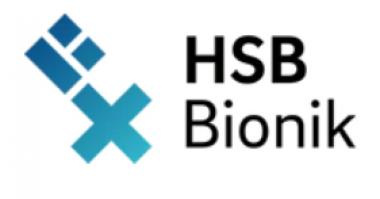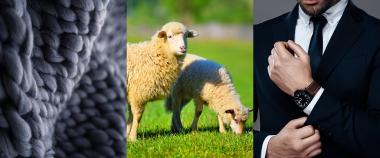Wollfaserverbundwerkstoffe im Spritzguss und im 3-D-Druck
Prof. Dr. -Ing. Jörg Müssig und Vincent Röhl von der Hochschule Bremen trugen mit einem Kapitel über Wollfaserverbundwerkstoffe im Spritzguss und im 3-D-Druck zum Buch "Wool Fiber Reinforced Polymer Composites" bei.
Pflanzliche Naturfasern gewinnen als Verstärkungselemente in Verbundwerkstoffen zunehmend an Bedeutung. Wolle hingegen ist in derartigen Werkstoffen bisher eher selten zu finden, hat allerdings ein überaus spannendes Potenzial.
Das aktuell erschienene Buch zu wollfaserverstärkten Polymerverbundwerkstoffen stellt eine eingehende und praktische Analyse von Verbundwerkstoffen auf der Basis von Wolle dar und deckt alle Bereiche von der Morphologie der Wollfaser bis zu den industriellen Anwendungen von Wollfaserverbundwerkstoffen ab. Untersucht werden unterschiedlichste Formen von Wollfaserverbundwerkstoffen, Beschreibungen umfassen Morphologie, Struktur und Eigenschaften von Wolle, Methoden zur chemischen Modifizierung von Wolle, verschiedene Formen von Woll-Polymer-Verbundwerkstoffen und weitere neue Anwendungen.
Unter dem Titel „Wool fiber-reinforced thermoplastic polymers for injection molding and 3D-printing“ bekommen die Leser:innen einen Überblick vom Aufbau natürlicher keratin-basierter Strukturen, deren Eigenschaften bis hin zur Verwendung von Wolle in Verbundwerkstoffen. Neben Anwendungsmöglichkeiten im 3-D-Druck gehen die Autoren auch auf das bionische Potenzial keratin-basierter Strukturen ein. Vor dem Hintergrund der Diskussionen über den unerwünschten Eintrag von Kunststoffen in Gewässer und Böden sehen Vincent Röhl und Jörg Müssig einen besonderen Vorteil von Wollfasern zur Verstärkung von abbaubaren Kunststoffen. Ihre aktuellen Forschungen zeigen, dass wollfaserverstärkte, biobasierte Kunststoffe sich sehr schnell im Boden abbauen und von Bodenorganismen verstoffwechselt werden können.
Hochschule Bremen














